
Deep Learning for Coders with fastai and PyTorch Jeremy Howard, Sylvain Gugger
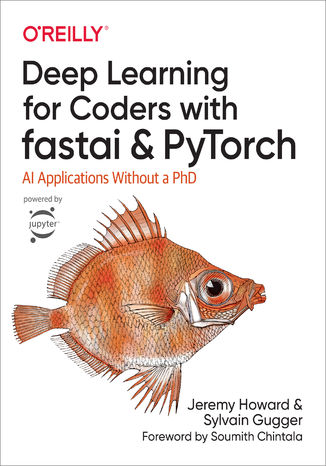



- Autorzy:
- Jeremy Howard, Sylvain Gugger
- Wydawnictwo:
- O'Reilly Media
- Ocena:
- Stron:
- 624
- Dostępne formaty:
-
ePubMobi
 opcje wysyłki »
opcje wysyłki »
Opis
książki
:
Deep Learning for Coders with fastai and PyTorch
Deep learning is often viewed as the exclusive domain of math PhDs and big tech companies. But as this hands-on guide demonstrates, programmers comfortable with Python can achieve impressive results in deep learning with little math background, small amounts of data, and minimal code. How? With fastai, the first library to provide a consistent interface to the most frequently used deep learning applications.
Authors Jeremy Howard and Sylvain Gugger, the creators of fastai, show you how to train a model on a wide range of tasks using fastai and PyTorch. You’ll also dive progressively further into deep learning theory to gain a complete understanding of the algorithms behind the scenes.
- Train models in computer vision, natural language processing, tabular data, and collaborative filtering
- Learn the latest deep learning techniques that matter most in practice
- Improve accuracy, speed, and reliability by understanding how deep learning models work
- Discover how to turn your models into web applications
- Implement deep learning algorithms from scratch
- Consider the ethical implications of your work
- Gain insight from the foreword by PyTorch cofounder, Soumith Chintala
Wybrane bestsellery
O'Reilly Media - inne książki
Dzięki opcji "Druk na żądanie" do sprzedaży wracają tytuły Grupy Helion, które cieszyły sie dużym zainteresowaniem, a których nakład został wyprzedany.
Dla naszych Czytelników wydrukowaliśmy dodatkową pulę egzemplarzy w technice druku cyfrowego.
Co powinieneś wiedzieć o usłudze "Druk na żądanie":
- usługa obejmuje tylko widoczną poniżej listę tytułów, którą na bieżąco aktualizujemy;
- cena książki może być wyższa od początkowej ceny detalicznej, co jest spowodowane kosztami druku cyfrowego (wyższymi niż koszty tradycyjnego druku offsetowego). Obowiązująca cena jest zawsze podawana na stronie WWW książki;
- zawartość książki wraz z dodatkami (płyta CD, DVD) odpowiada jej pierwotnemu wydaniu i jest w pełni komplementarna;
- usługa nie obejmuje książek w kolorze.
Masz pytanie o konkretny tytuł? Napisz do nas: sklep@helion.pl
Książka drukowana


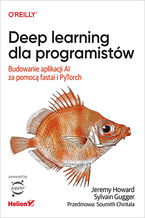
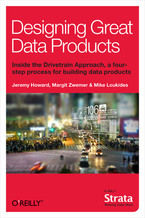


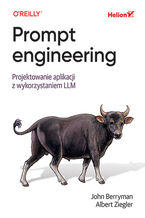




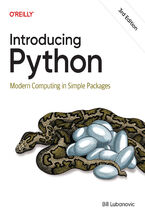


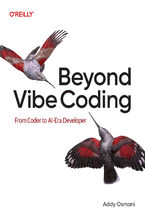






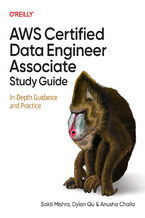
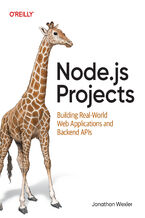

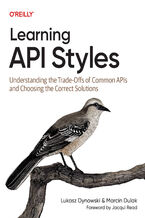
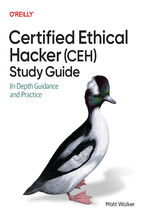
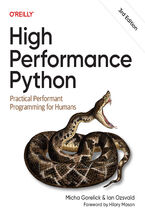
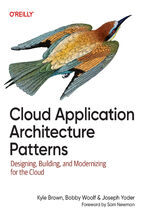
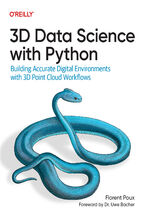
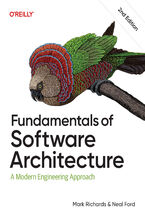
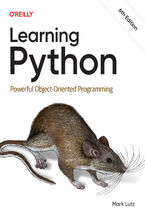



Oceny i opinie klientów: Deep Learning for Coders with fastai and PyTorch Jeremy Howard, Sylvain Gugger
(0)